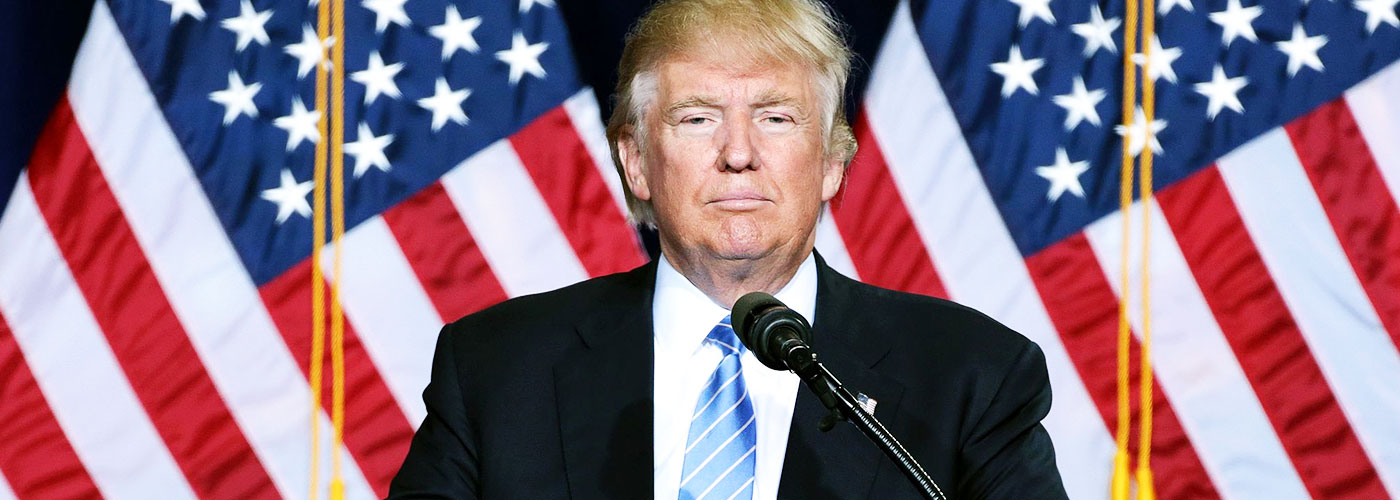Last August, I wrote a piece lambasting my favorite radio show, American Public Media’s Marketplace, for their uninformed views on wind and solar power. The show bills itself as the most widely heard program on business and the economy — radio or television, commercial or public broadcasting — in the country. On Friday, December 30th, 2016 they redeemed themselves. For the weekly wrap, Lizzie O’Leary (in for Kai Ryssdal) is joined by Linette Lopez of Business Insider and John Carney of the Wall Street Journal for the weekly wrap.
At the third minute, John Carney and Linnette Lopez talk about putting solar panels on President-elect Donald Trump’s “Freedom and Friendship Wall.” Lizzie O’Leary then talks about how well the solar market is doing. John Carney jumps in and says that if we sell the solar power from the Wall to Mexico, we can technically say that Mexico paid for that wall. Great point that I wanted to investigate a bit further.
If the power were to be sold to the Mexican people – power they desperately need – then the President could actually make good on his promise. Tweet This Quote
First, a bit of background on solar. In 2016, the U.S. installed more solar power generation than any other type of power generation. The Energy Information Administration (EIA) projects 9.5 gigawatts of utility scale solar to be installed in 2016. Add in distributed generation on rooftops and solar could top 16 gigawatts in 2016. In fact, almost 75 percent of all new electricity generation capacity will be zero-carbon (solar, wind, nuclear, hydro).
For the solar industry, a majority of these new employment opportunities are blue-collar construction and manufacturing jobs that pay an average of $21 per hour — far higher than the $16-per-hour non-union manufacturing jobs touted across the country.
On John Carney’s comment on the President-elect’s “Freedom and Friendship Wall,” let’s start with some basics. The average commercial solar panel is 77 inches by 39 inches. The border with Mexico is roughly 2,000 miles or about 3,200 kilometers. If you position the solar panels on the wall with one single row with the short side down, you get about 3,200,000 panels or about 1,000 MWs of solar power. According to the Washington Post, the wall with Mexico could be 65 feet high. So you could technically flush mount almost ten solar panels onto the wall, but most likely you would only have five to optimize production per solar panel.
That means you could put almost 5,000 MWs of solar panels on the wall. According to PVWatts, the wall would produce over 6,600,000,000 kilowatt-hours. At about six cents per kilowatt-hour (typical cost of electricity from natural gas and coal plants in the USA) the electricity would be worth about $396,000,000 per year. Over the 40 year life of the solar panels, the solar panels would collect over $15,840,000,000 – not counting the tax credits already in place for solar, low-cost debt from the North American Development Bank or escalating value of daytime power in Mexico.
Independence is the heart of American identity. Clean energy is independence turned into electrons. Tweet This Quote
That same Washington Post article quoted the President saying that he thought the wall could be built for $12 billion. So if the power were to be sold to the Mexican people – power they desperately need – then the President could actually make good on his promise to say that the Mexican people paid for the wall (as John Carney suggested). Also with 2,000 miles available, the technology sponsorship models would be endless. There is so much good technology coming out of the Department of Energy that needs to be commercialized, what better place than at the wall?
Moreover, given that the solar industry alone has created one out of every 80 jobs in the United States since the great recession, this is a project the solar industry is well staffed and happy to help with. The solar industry needs to change the conversation to align with the deep emotional and aspirational narratives that speak to the American public. With the wall, clean energy would feel as all-American, cutting-edge, rugged, reliable, resilient, and tough as fracking. The same American ideals of independence, freedom, self-sufficiency, and opportunity can bring together green advocates and Tea Party stalwarts, labor and entrepreneurs, main street and Wall Street.
The solar industry alone has created one out of every 80 jobs in the United States since the great recession. Tweet This Quote
Independence is the heart of American identity. Clean energy is independence turned into electrons: the application of cunning, sweat, and ingenuity to harness the restless power of the American landscape.
With 75 percent of all new electricity generation coming from zero-emission sources this year and expect each year for the next four years, the American energy economy is changing, and changing rapidly. Solar energy (and others) is where the growth is happening. Time to tap into the billions of dollars solar can move into infrastructure ($45 billion in 2016 alone).
By rebranding clean energy, we can empower all Americans to work together for a stronger future. It’s time to get down and dirty.
This post originally appeared on Jigar’s LinkedIn.
